Discover the legendary Classic Inca Trail on a 4-day adventure. This ancient route leads you through mountains, cloud forests, and unique archaeological sites. Each day offers breathtaking scenery and living culture in the heart of the Andes.
The trek includes everything essential for a safe and organized experience: meals, expert guides, and camping equipment. You’ll explore the world-famous wonder, Machu Picchu, through the challenging Inca Trail. This itinerary is designed for travelers seeking history, nature, and physical challenge.
In this blog, we’ll explain everything you’ll encounter during these four days of travel—a journey that will amaze your senses and connect with your spirit.
What Is the Inca Trail?
The Inca Trail is part of the great Qhapaq Ñan, the vast road network that connected the Inca Empire from Colombia to Chile. This specific section corresponds to the Inca route to Machu Picchu and is one of the most iconic paths in the entire Andean system. Today, it is a UNESCO World Heritage Site and one of the most famous trekking routes in the world.
The ancient Incas used it to connect administrative, agricultural, and religious centers.
Centuries later, you can walk in their footsteps through Sacred Valleys and mountain paths. Hiking this trail means discovering living history among awe-inspiring landscapes.
What It Involves
The Classic Inca Trail lasts 4 days and covers 44 kilometers (27.34 miles) through mountains, jungle, and archaeological sites. You’ll cross high-altitude passes, misty valleys, and ancestral ruins until reaching Machu Picchu through the Sun Gate, the original entrance to the citadel. This trail blends culture, nature, and excitement at every step.
There are different tour options depending on your time and physical condition. The Classic Inca Trail is the most complete and most requested by travelers. Only certain dates allow for shorter itineraries or partial access.
Walking this trail connects you to the energy of the Andes. The diversity of landscapes reveals the majesty of the mountains and the high jungle. Each day brings new views, insights, and unforgettable challenges.
Before your adventure, we recommend reading this article with key tips to help you prepare: Top Tips Before Hiking the Inca Trail to Machu Picchu.
You’ll find useful information about weather, gear, permits, and more.
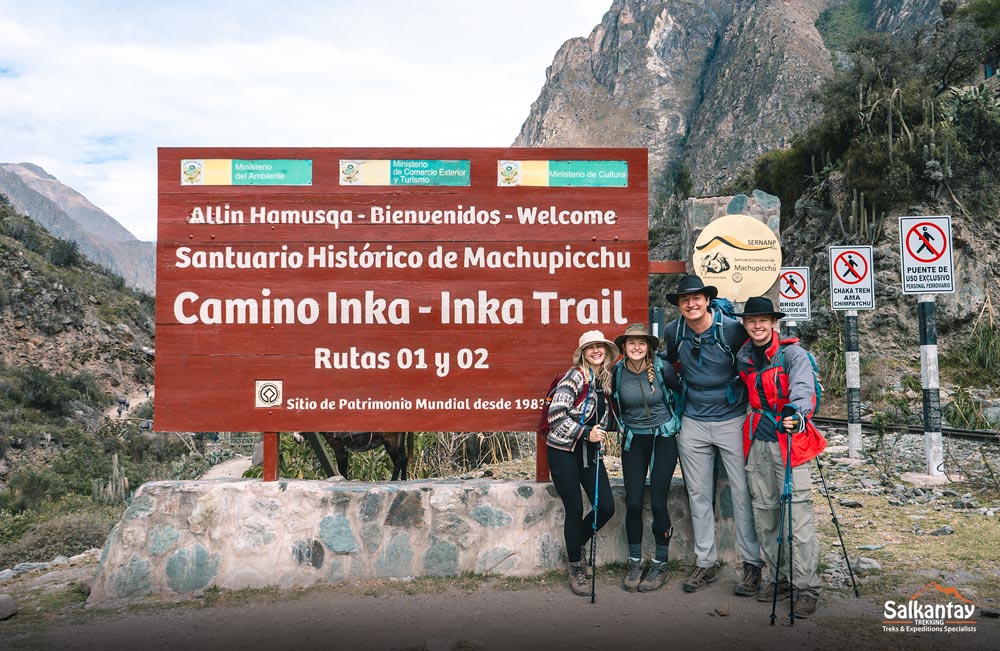
The Classic Inca Trail Day by Day
To help you know what to expect, here’s the full itinerary:
Day 1: Initial Hike through the Andean Cloud Forest
The first day of the Inca Trail marks the start of a unique experience filled with shifting landscapes and living traditions. Early in the morning, the journey begins toward KM 82, near Ollantaytambo in Piscacucho, the official starting point of the hike. There, visitors begin their walk along trails filled with history and natural beauty.
After the entry checkpoint, you’ll breathe in the pure air of the Sacred Valley and spot the first remnants of Inca architecture. The route follows the Urubamba River, offering spectacular views of mountains, agricultural terraces, and Andean wildlife. The setting combines subtropical vegetation with the first physical challenges of the terrain.
Along the way, hikers discover the archaeological site of Llactapata, surrounded by lush nature. This site was once an agricultural and military center and stands out for its harmony with the environment. It’s a clear example of how the Inca Trail connects history with landscape.
The trek continues along moderate paths until reaching the Ayapata campsite, located at over 3,300 meters (10,827 feet) above sea level. On the way, you may encounter local villagers, llamas, and typical scenes of Andean rural life. Cultural interaction enriches every step of the hike.
Andean Experience at the Pace of the Inca Trail
The Ayapata campsite offers a peaceful setting and stunning views of nearby snowcapped peaks and valleys. Travelers rest here after 6 to 7 hours of walking in a completely natural environment. This first day prepares both body and mind for the challenges ahead.
The Inca Trail is known for balancing physical effort with moments of historical connection. Every detail of the journey is designed to let you experience the trail as the ancient pilgrims once did. From the flavors of lunch to the guide’s explanations, everything is part of the experience.
This initial segment of the trail helps you gradually acclimate before reaching higher altitudes. The mild climate and steady pace allow you to enjoy each discovery without rush. It’s just the beginning of a journey that blends adventure, tradition, and unforgettable scenery.

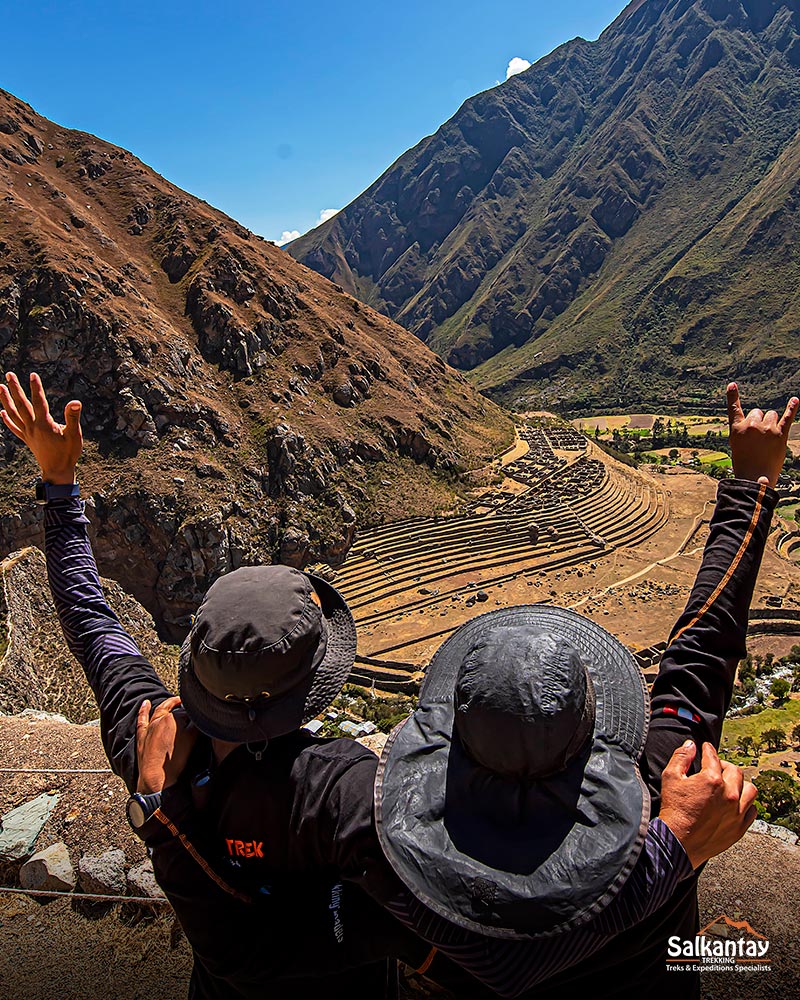
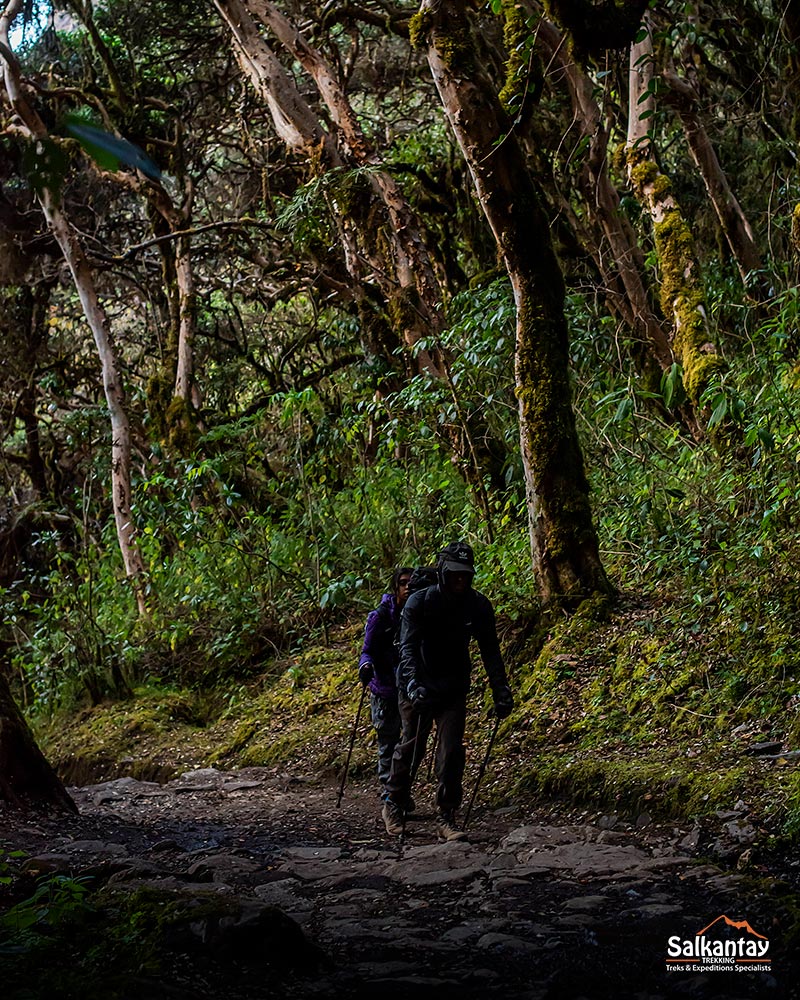
Day 2: High-Altitude Challenges and Breathtaking Landscapes
The second day of the Inca Trail begins before sunrise with a warm coca tea. This ancestral infusion helps the body adjust to the altitude and provides energy to start the day. It marks the beginning of the most demanding stage of the entire route.
The trek starts with a steady uphill climb for nearly four hours toward the highest pass: Abra Warmiwañusca (Dead Woman’s Pass). At 4,215 meters (13,829 feet), this point offers a majestic view of the Andes mountain range. Each step is a tribute to the resilience and strength of the Andean spirit.
The air grows thinner, but the panoramic landscapes reward the physical effort. The guide encourages hikers to maintain a steady pace and enjoy the natural surroundings. On this stretch, the Inca Trail reveals its challenging and deeply spiritual nature.
After reaching the summit, the descent to the Pacaymayu valley takes about an hour and a half. Here, travelers enjoy lunch surrounded by mountains and the whisper of the Andean wind. This break is vital for regaining energy and continuing the journey through the trail’s archaeological wonders.
Sacred Paths and Andean Lookouts
After lunch, the route climbs again toward Runkurakay, a small Inca site perched in the heights. Along the way, two waterfalls decorate the mountain like guardians of the past. This spot invites a short ceremony to Pachamama (Mother Earth) with a symbolic offering.
The ascent continues for another 45 minutes until reaching the second mountain pass, Abra Runkurakay. Here, hikers rest and take in the vast Andean landscape. The descent that follows leads to the impressive archaeological site of Sayaqmarka. This citadel and religious site is famous for its cliffside structures and its extensive system of agricultural terraces (platforms built into the mountains to reclaim land for farming).
The Inca Trail continues to envelop trekkers with its ancient energy. The guide shares stories as the sun sets behind the peaks. At Sayaqmarka, history comes alive among stone walls and clear skies.
The day ends after a 25-minute hike to the Chaquiqocha campsite. There, dinner soothes the senses after 16 kilometers (9.94 miles) of effort. Under the starlit sky, travelers reflect on their connection to the ancient Incas.
TIP: Bring warm clothing for the cold Andean nights. You can also carry a symbolic offering, like coca leaves or seeds. This way, you can respectfully participate in the Pachamama ceremony with gratitude.
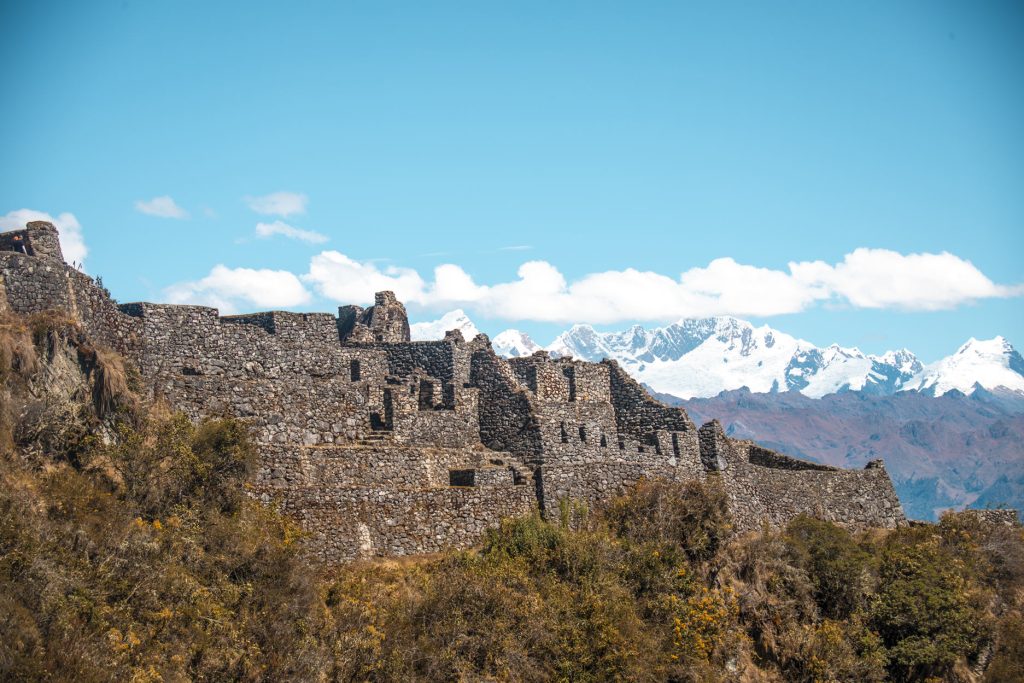
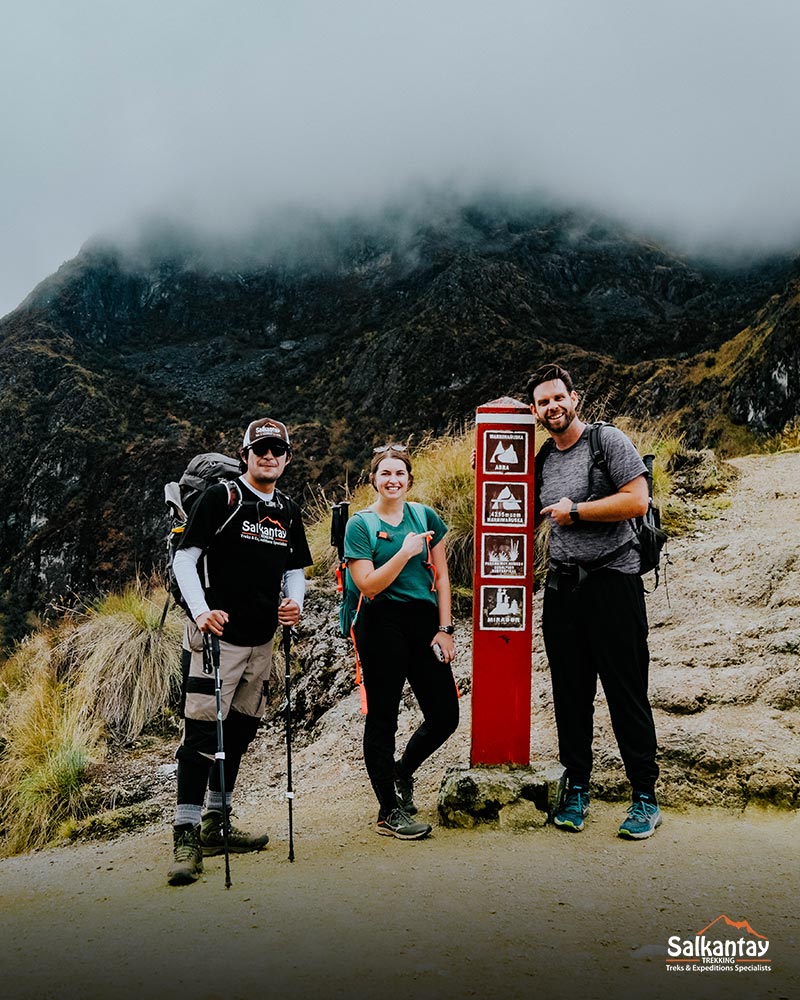

Day 3: Nature, History, and Inca Mysticism
The third day of the Inca Trail offers a stunning transition between the Andes and the cloud forest. After a well-deserved rest, hikers wake up to a revitalizing breakfast. The group’s energy grows as they feel the closeness of Machu Picchu.
The trek begins with unforgettable views of mountains, clouds, and lush vegetation. Along the way, the mighty Salkantay mountain appears on the horizon. On the other side, the Vilcabamba mountain range rises powerfully over the green landscape.
The trail climbs toward Phuyupatamarka, the “place above the clouds,” at 3,650 meters (11,975 feet). This spot is one of the most striking natural viewpoints on the Inca Trail. From there, the mountains seem to float above a sea of clouds.
The descent from Phuyupatamarka takes around two and a half hours, following steps carved in polished stone. In this section, the trail becomes more humid and tropical, filled with intense aromas and new sounds. Soon, the agricultural site of Intipata appears, built on terraces overlooking the Urubamba Valley.
Encounters with the Past at Wiñay Wayna
The trek continues toward Wiñay Wayna, one of the most iconic locations on the Inca Trail. This archaeological complex, whose name means “forever young,” amazes visitors with architecture that blends seamlessly into the landscape. The site features water channels, temples, stairways, and stunning valley views.
Here, the guide shares fascinating stories about Inca life on these sacred paths. Travelers explore the site calmly, connecting with centuries of living history. This experience allows them to imagine how the Incas once worshipped nature.
After the visit, the group returns to the nearby campsite to celebrate with the porters and cooks. It’s a moment to express gratitude for their hard work throughout the journey. The night ends with a well-earned rest before reaching the final destination.
This day captures the essence of the Inca Trail: shifting landscapes, living culture, and a deep connection with the ancestral. Every step brings you closer to the heart of Machu Picchu. Tomorrow at dawn, the most anticipated part of this unforgettable journey will begin.
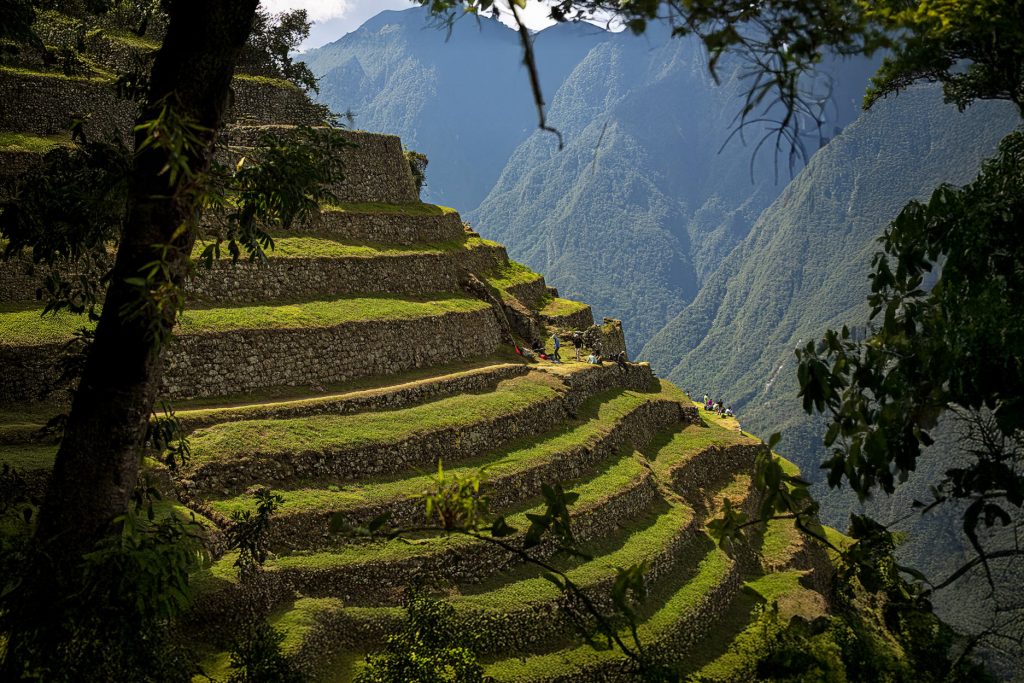
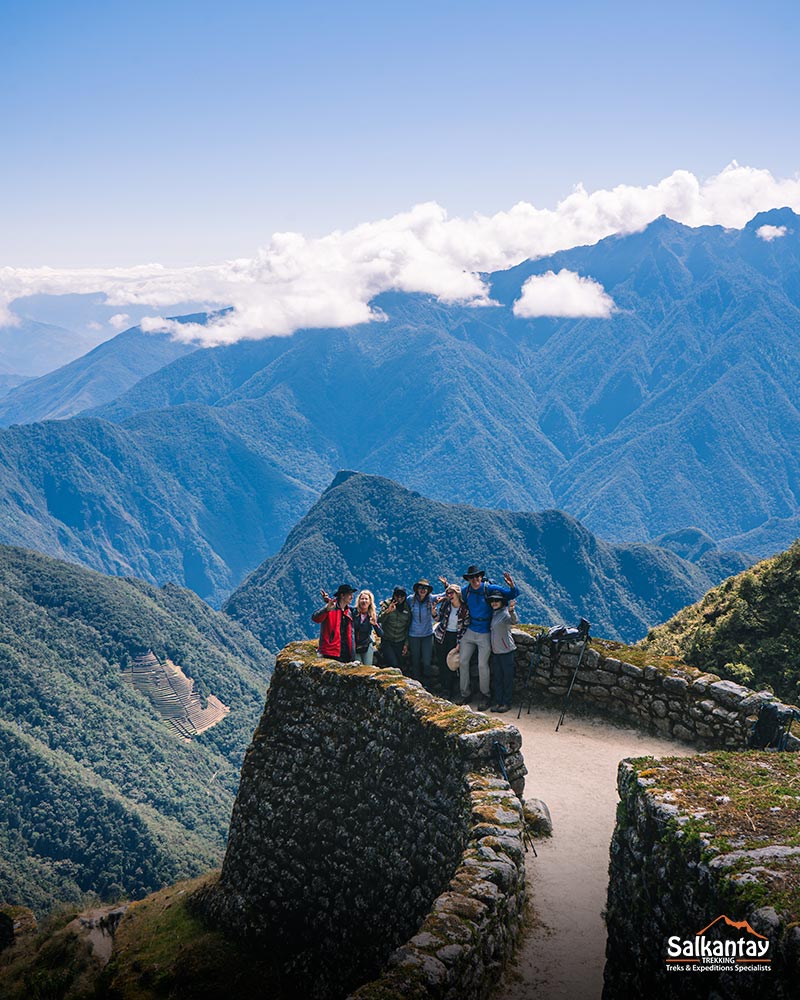

Day 4: A Magical Sunrise at Machu Picchu
The final day of the Inca Trail begins in silence, under a starry sky still glowing before dawn. At 3:30 a.m., travelers prepare with excitement and a packed breakfast. Headlamps light the way toward Inti Punku, the Sun Gate.
After about an hour of walking, the most anticipated moment of the entire trek arrives. In front of you, Machu Picchu gleams under the first light of day. The mountains turn golden, and the air fills with wonder.
Every challenge faced up to this point is justified by this view. The sacred citadel reveals itself through the mist, as if emerging from a dream. No one forgets the first time they see it.
This moment awakens something deep within, transforming the traveler’s perspective. Emotions flow as you walk the same stones once tread by the wise Inca people. The energy of Machu Picchu flows powerfully through its walls.
Exploring the Lost City
The guided visit begins with stories, symbols, and secrets of this architectural gem. Over an hour and a half, your guide reveals the Inca wisdom hidden in temples, water channels, and terraces. Everything here speaks of precision, respect, and connection to Pachamama.
The walls are carved with incredible accuracy, defying time and the elements. Each structure fits perfectly, without cement or visible flaws. The Inca Trail reaches its culmination in this space, where the past lives on in every stone.
After the tour, there’s free time to explore at your own pace. Some choose to hike up Huayna Picchu or Huchuy Picchu Mountain. Others prefer a quiet moment to reflect before this eternal masterpiece.
The day ends with a bus ride down to Aguas Calientes. There, the group enjoys lunch and celebrates the end of this once-in-a-lifetime journey. Later, the train takes you back to Ollantaytambo and then to Cusco.
This day marks the end of a transformative experience on the Inca Trail. Machu Picchu remains in your heart as a symbol of discovery, history, and inner connection. Nothing is ever the same after witnessing this sunrise.
IMPORTANT: Don’t forget your passport, you’ll need it for the official stamp upon entering Machu Picchu. If you want to climb Huayna Picchu, book your additional ticket several months in advance. Access is limited and sells out quickly due to high demand.
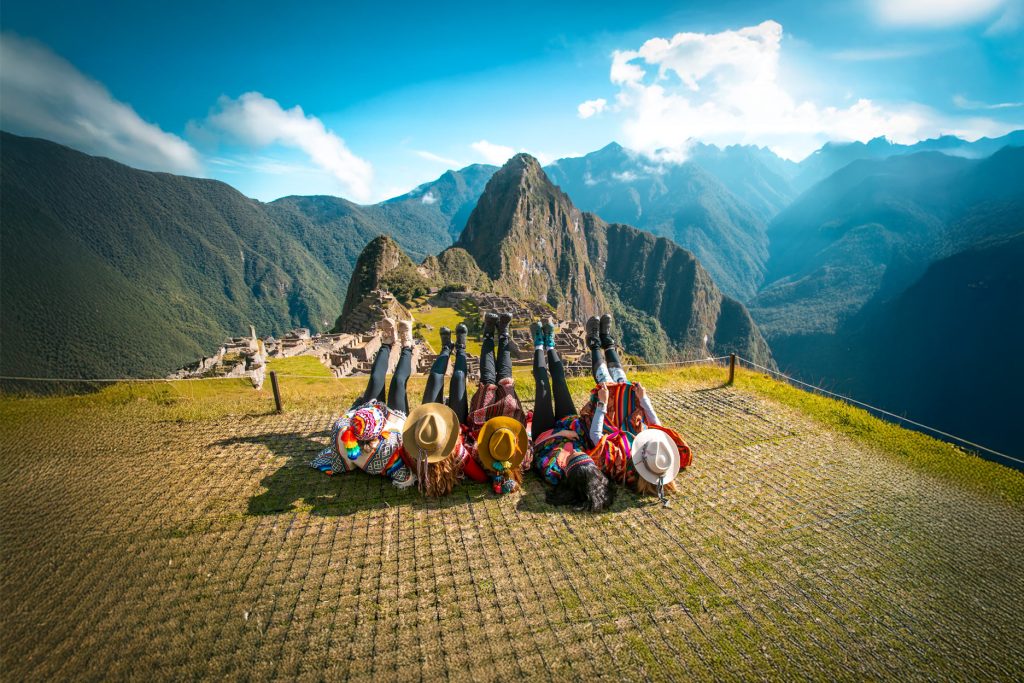
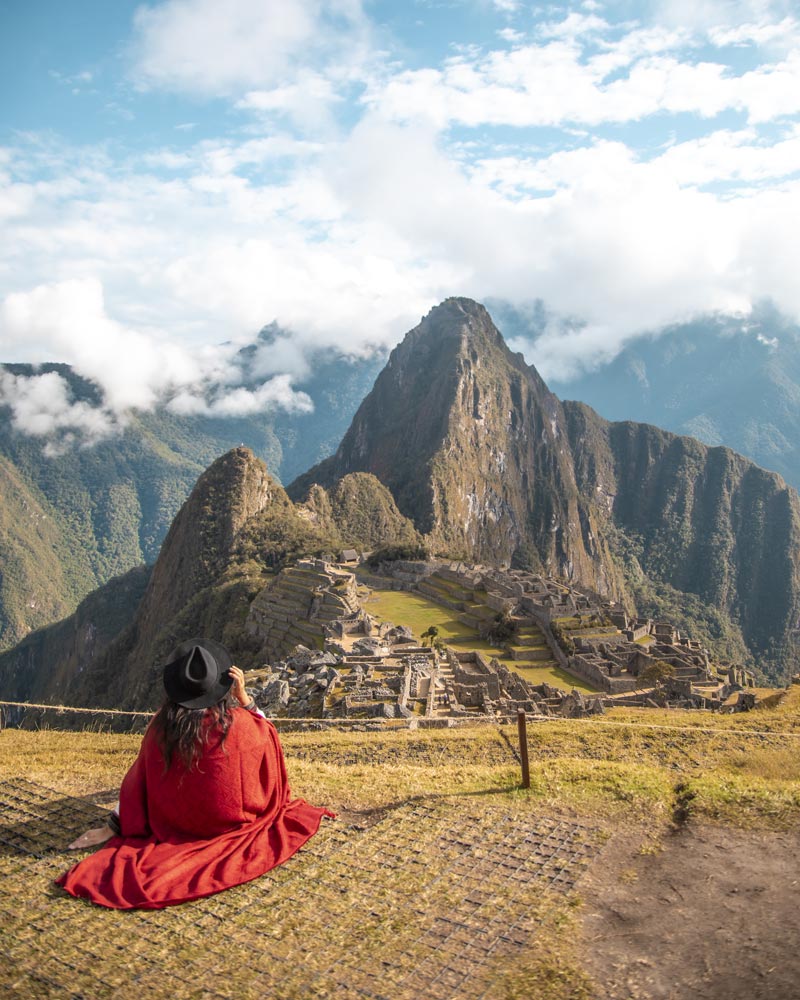
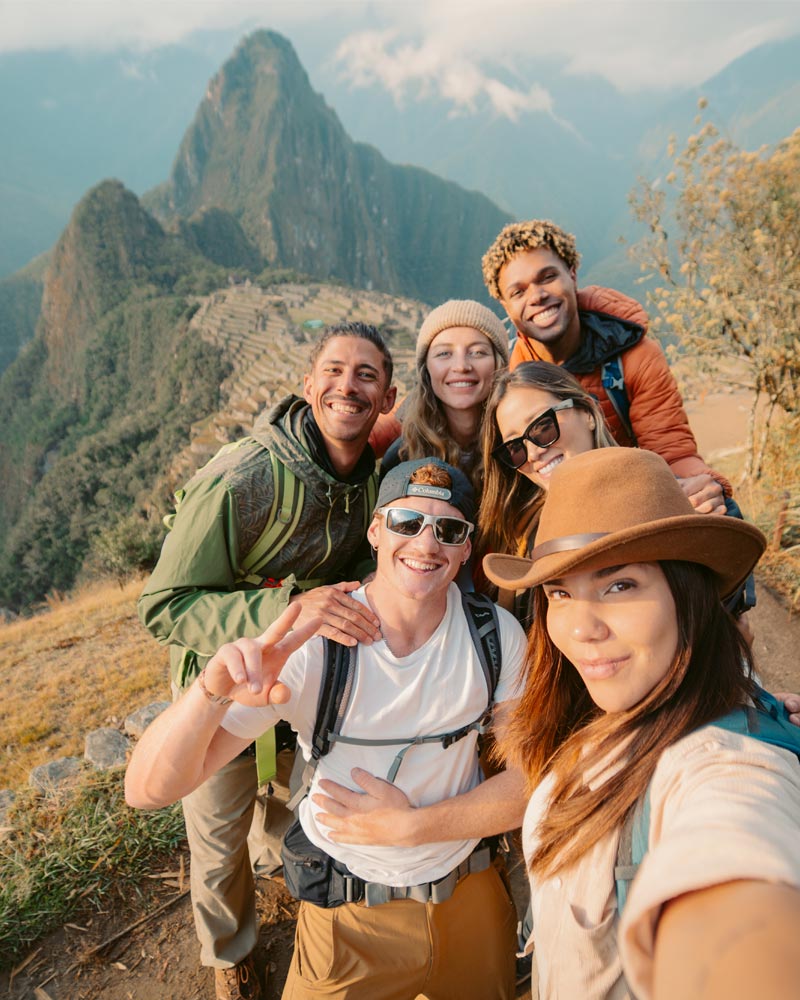
How to Book the Inca Trail?
The Peruvian government strictly regulates access to the Inca Trail to protect its natural and cultural heritage. You can only enter with an authorized agency like Salkantay Trekking.
Spaces are limited to 500 people per day, including support staff (guides, porters, cooks, etc.).
We recommend booking three to five months in advance, especially if you’re traveling during peak season (May to October). Solo entry is not allowed under any circumstances. Your agency will handle the permits, tickets, and all the logistics for the trek.
Book your journey to the heart of the Andes through the Inca Trail and enjoy your dream adventure.
TIP: Before planning your experience, it’s important to understand how bookings and access work on this unique route. We recommend reading our blog: “Inca Trail Tickets 2025: Everything You Need to Know” to discover everything for your dream trip.
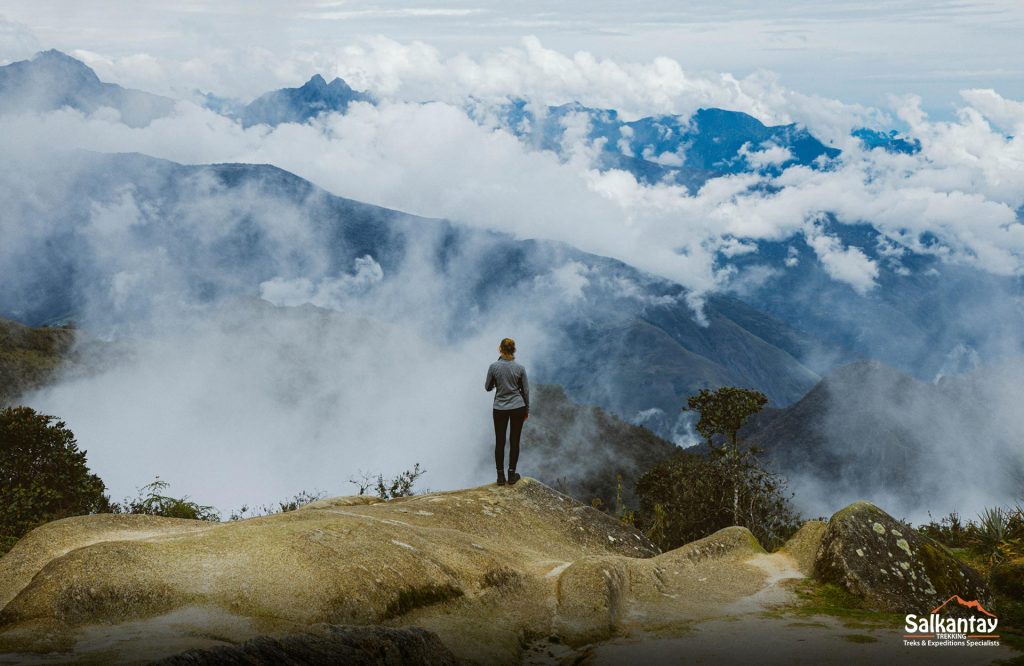
When Is the Best Time to Hike the Inca Trail?
The best time to hike is between May and October, during the dry season in the Andes. Days are sunny and trails are safer, though nights can be cold.
This period offers clearer views and more stable weather.
From November to April, rain is common, but the trail remains open for those who prefer fewer crowds. Hiking during this season requires extra caution due to wet terrain.
Always bring waterproof clothing and sturdy footwear.
WARNING: In February, the Inca Trail is closed for maintenance. Do not plan your trip during this month, as access is not permitted. Check dates with your agency to avoid any issues.
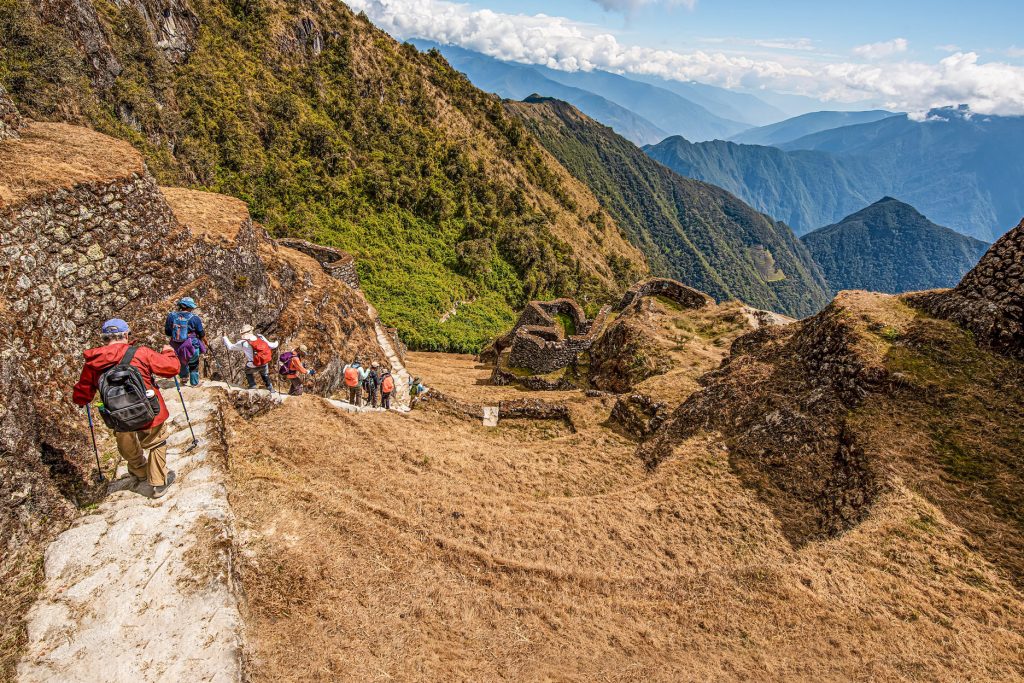
Logistics and Accommodations Along the Route
Throughout the four days of the Inca Trail, you’ll sleep in spacious tents set up for comfort and to enjoy the stunning landscapes. There are no hotels or modern buildings, as the trail passes through a protected area. You’ll be sheltered by the night and serenaded by the sounds of wildlife.
Our cooks prepare nutritious and delicious meals tailored to the physical demands of the trek. Proper nutrition is key to maintaining energy and enjoying each day. Vegetarian and special dietary options are available with prior coordination.
Bathrooms are available at designated points along the trail. There are no showers, so we recommend bringing wet wipes and keeping a good personal hygiene routine. We also encourage recycling awareness and sustainable tourism to help keep the trail clean for future generations.
What You Need to Know Before Your Trip
When Should I Book My Inca Trail?
You should book your Inca Trail at least 5 to 6 months in advance. Daily capacity is limited to 500 people (including travel agency staff such as cooks, guides, porters, and more. On average, only 200 are tourists). Permits sell out quickly, especially during high season.
What’s Included in the Tour with Salkantay Trekking?
Your tour includes transportation from Cusco, professional guides, entry tickets, tents, all meals, and porters for shared equipment. Basic medical support is also provided throughout the trek. Train and bus transportation back from Machu Picchu are included at the end.
What Should I Pack in My Luggage?
Bring lightweight trekking clothes, warm thermal layers, and waterproof gear to adapt to changing weather. You’ll also need a headlamp, hat, gloves, sunscreen, and insect repellent. A large backpack is ideal for daily use.
How Does Altitude Affect the Inca Trail?
The Inca Trail reaches elevations over 4,215 meters (13,829 feet), such as at the Warmiwañusca Pass. It’s common to feel fatigue, headaches, or loss of appetite. We recommend spending at least two days in Cusco to acclimate before the trek.
Can I Do the Inca Trail If I Have a Medical Condition?
You should consult your doctor before attempting this physically demanding hike. It’s important to be in good shape and to have travel insurance. Salkantay Trekking evaluates each case to ensure safety and well-being.
Do I Need Previous Trekking Experience?
Trekking experience isn’t mandatory, but good physical preparation helps. Hikes range from 6 to 9 hours a day over uneven terrain. A regular fitness routine beforehand will improve your performance and enjoyment. You can also read our blog: “How to Prepare for the Inca Trail” for detailed tips on getting ready physically.
Is It Safe to Do the Inca Trail with Salkantay Trekking?
Yes. Our guides are certified and trained in first aid. The team carries a first-aid kit, oxygen, and maintains constant communication throughout the trek. The company prioritizes every traveler’s safety and well-being.
Interested in how the trail’s environment is protected during the trek?
This article on safety and hygiene in Cusco offers practical, responsible tips to help preserve archaeological sites and Andean biodiversity.
Get Ready to Experience the Inca Trail
The Inca Trail is more than a hike—it’s a journey of connection with history, nature, and yourself. Being well-informed before your trip ensures you enjoy every moment with ease.
Salkantay Trekking is here to guide you with professionalism, expertise, and a deep passion for the Andes.
Tour Options for the Inca Trail:
In case you have limited time or couldn’t find availability on your preferred route:
- One Day Inca Trail Hike
- 2 Day short Inca Trail
- Salkantay Trek more Short Inca Trail 6 days
- Salkantay & Inca Trail 7 days
- Lares Trek & Inca Trail 5 days
- Ancascocha Trek & Inca Trail short 5 days
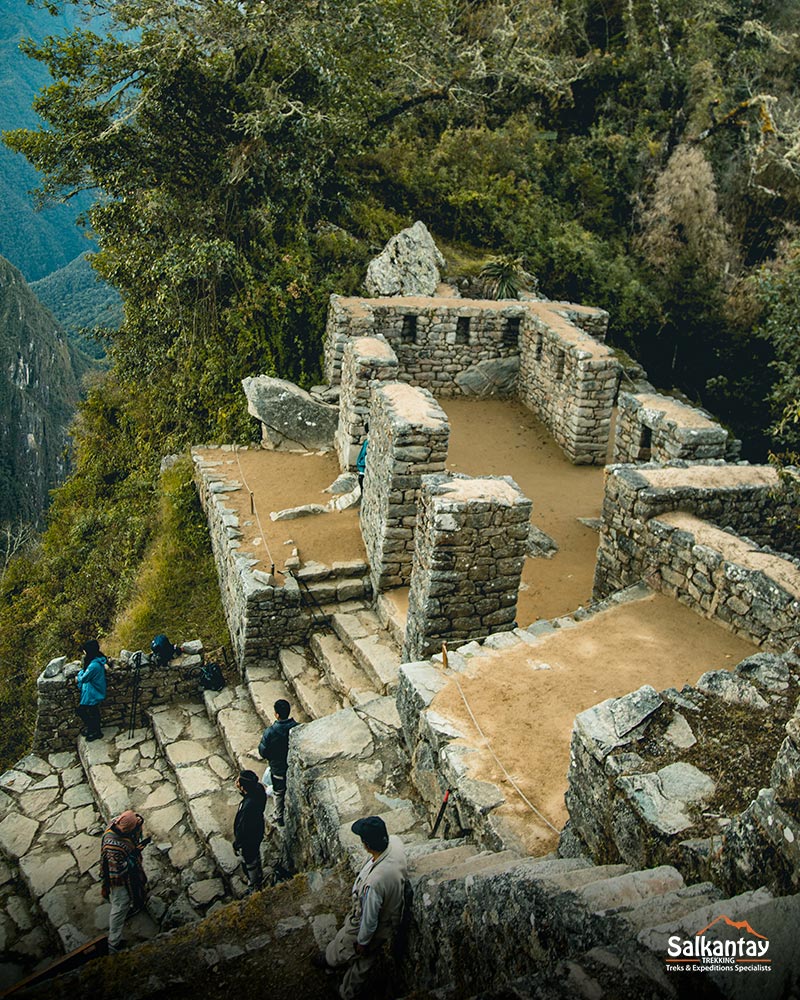
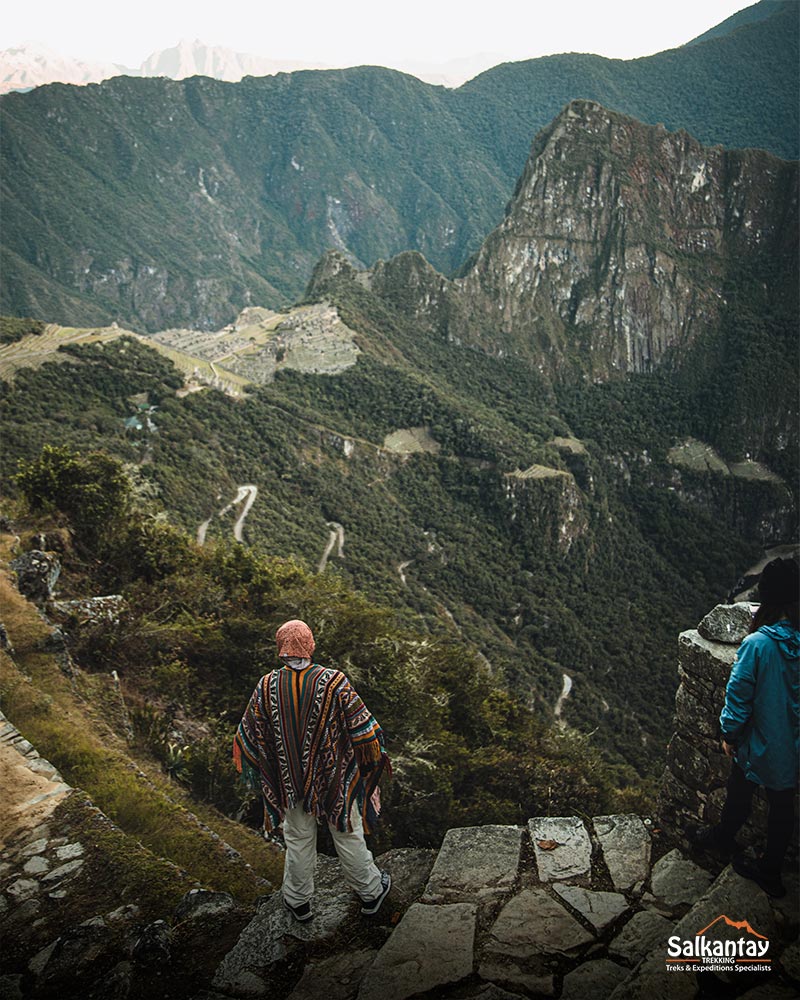
You may be interested:
- Inca Trail: Essential Gear for an Unforgettable Adventure
- How to be prepared for the Inca Trail?
- Exploring the Charms of the Inca Trail: A Memorable Experience
- A Trip Through Time to the Archaeological Sites of the Inca Trail
- INCA TRAIL: The New Porter Law
- What to Wear for The Inca Trail?
- Playlist: Inca Trail
- Inca Trail: Complete Trekking Guide
- Salkantay Trek vs Inca Trail: Which is the Best Trek to Machu Picchu?


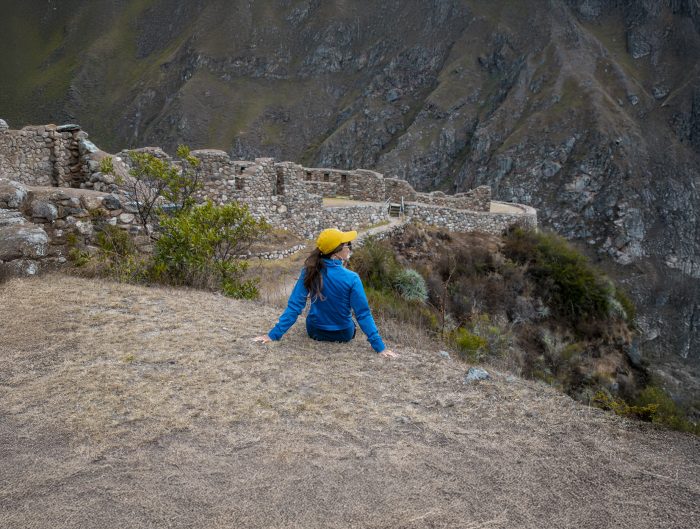
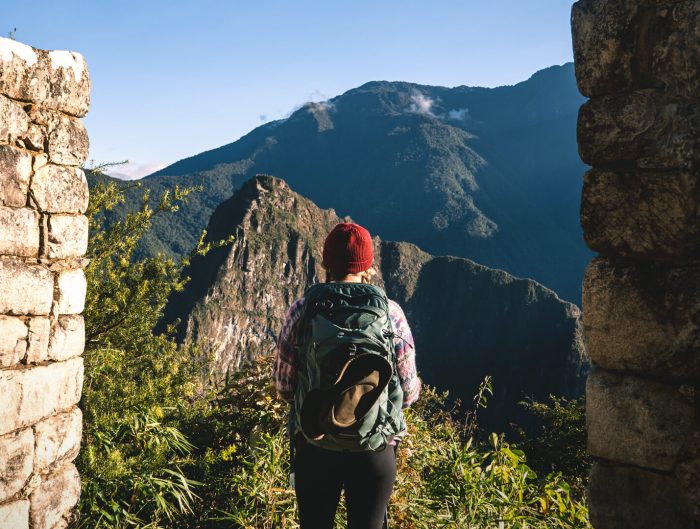
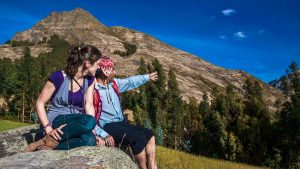
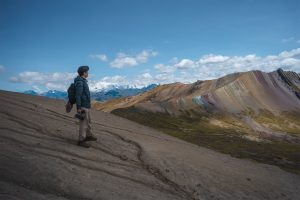
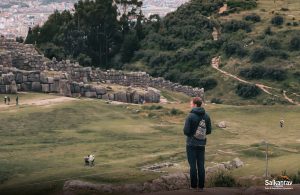
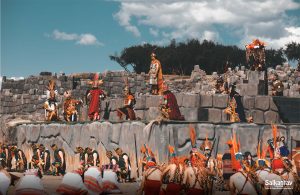
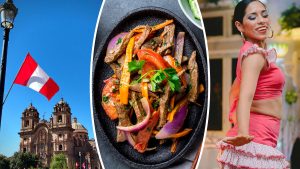


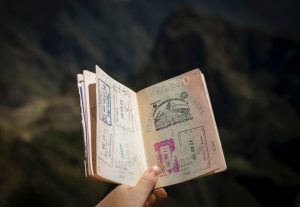
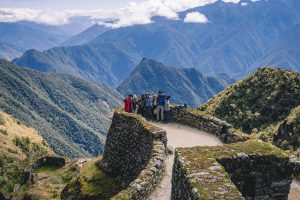

Leave A Reply